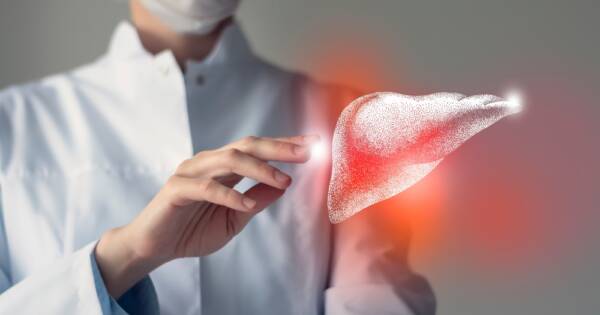Botox, traditionally celebrated for cosmetic enhancements, holds notable promise in the realm of movement disorder therapies, particularly for conditions like tardive dyskinesia. By targeting specific muscles, Botox alleviates involuntary movements, enhancing patients’ quality of life. With advances in injection techniques and muscle targeting, its therapeutic potential continues to grow, offering a vital alternative for those unresponsive to conventional treatments. Exploring Botox’s expanding role unveils opportunities for individualized, effective management of complex movement disorders.
Understanding Botox as an Effective Treatment for Tardive Dyskinesia
While Botox is often recognized for its cosmetic uses, it may have a significant medicinal role in treating movement disorders. Botox injections may offer a viable solution for managing symptoms of tardive dyskinesia, which involves involuntary, repetitive body movements often resulting from prolonged use of certain antipsychotic medications. By targeting specific muscles, Botox can help alleviate these disruptive movements by blocking nerve signals, thereby relaxing the muscles involved. The relief from symptoms often develops gradually and peaks within a couple of weeks, with the effects generally lasting several months for sustained improvements.
Botox’s therapeutic potential comes from its targeted effect on the muscles responsible for these involuntary movements. Patients who experience excessive muscle movement as a side effect of tardive dyskinesia may find this treatment particularly beneficial. It is crucial, however, to customize the treatment to the individual’s specific needs, thereby optimizing efficacy and minimizing potential side effects such as muscle weakness or difficulty swallowing. This custom approach ensures that the benefits are maximized for each unique case through refined methodologies.
Mechanism of Botox in Treating Tremors
The mechanism by which Botox works against tremors involves its ability to paralyze muscles temporarily by interrupting nerve signals. For essential tremors, including tardive dyskinesia, Botox is injected directly into the muscles causing the involuntary movements. This localized effect helps reduce symptoms, providing relief from conditions such as head, hand, or facial tremors. Some patients may see improvements within two weeks after injection. The benefit may last around three months and repeat injections for ongoing control are required.
Research suggests that careful selection of the appropriate muscles and the precise administration of the injection are vital to achieving the best outcomes. These developments ensure that Botox is not merely a quick fix but a component of a comprehensive treatment approach for movement disorders. In this context, Botox serves as both a cosmetic injection and a meaningful therapeutic option for those incapacitated by severe tremor symptoms improving quality of life by reducing disability.
Safety and Efficacy Considerations
While Botox provides significant relief for many patients suffering from tardive dyskinesia and essential tremors, it is not without potential drawbacks. The treatment is known for its possible side effects, which may include temporary muscle weakness, pain at the injection site, and swallowing issues.
As with any medical treatment, the efficacy of Botox injections in managing movement disorders depends heavily on the precision of the application. This involves not only determining the correct muscles to target but also the appropriate dosage to prevent excessive muscle relaxation, which could lead to undesirable side effects. This is particularly true for patients whose symptoms are not sufficiently managed by traditional oral medications, making Botox an invaluable tool in their treatment arsenal as an alternative therapy.
Botox’s Role in Treating Tardive Dyskinesia
Given the challenges of treating movement disorders such as tardive dyskinesia, Botox presents itself as a highly specialized solution. By allowing for targeted muscle relaxation without systemic effects, it provides a unique advantage over many other treatment options. This may be particularly advantageous for patients who experience more localized tremors, such as those involving the hand or face, where excessive movement can severely impact daily functioning.
By refining these methods, healthcare professionals can minimize muscle weakness post-injection while maximizing symptom relief, providing a balanced and effective therapy option for patients struggling with movement disorders like tardive dyskinesia alongside other treatments. With that, it’s important to remember that Botox is not a cure for TD but instead, may offer symptom relief. It’s still advisable to switch antipsychotic medications or lower dosages (with the guidance of your doctor) before trying other therapies. It’s important to work with your doctor to find the right treatment for your case.
Why You Should Learn More About Botox and Movement Disorders
For individuals suffering from movement disorders such as tardive dyskinesia, Botox offers a promising treatment pathway that can significantly enhance their quality of life. The advancements in injection techniques and a better understanding of muscle targeting have greatly increased its therapeutic potential. As research continues to evolve, so too do the methodologies for Botox administration, providing more refined, individualized treatment plans that emphasize both efficacy and safety.



